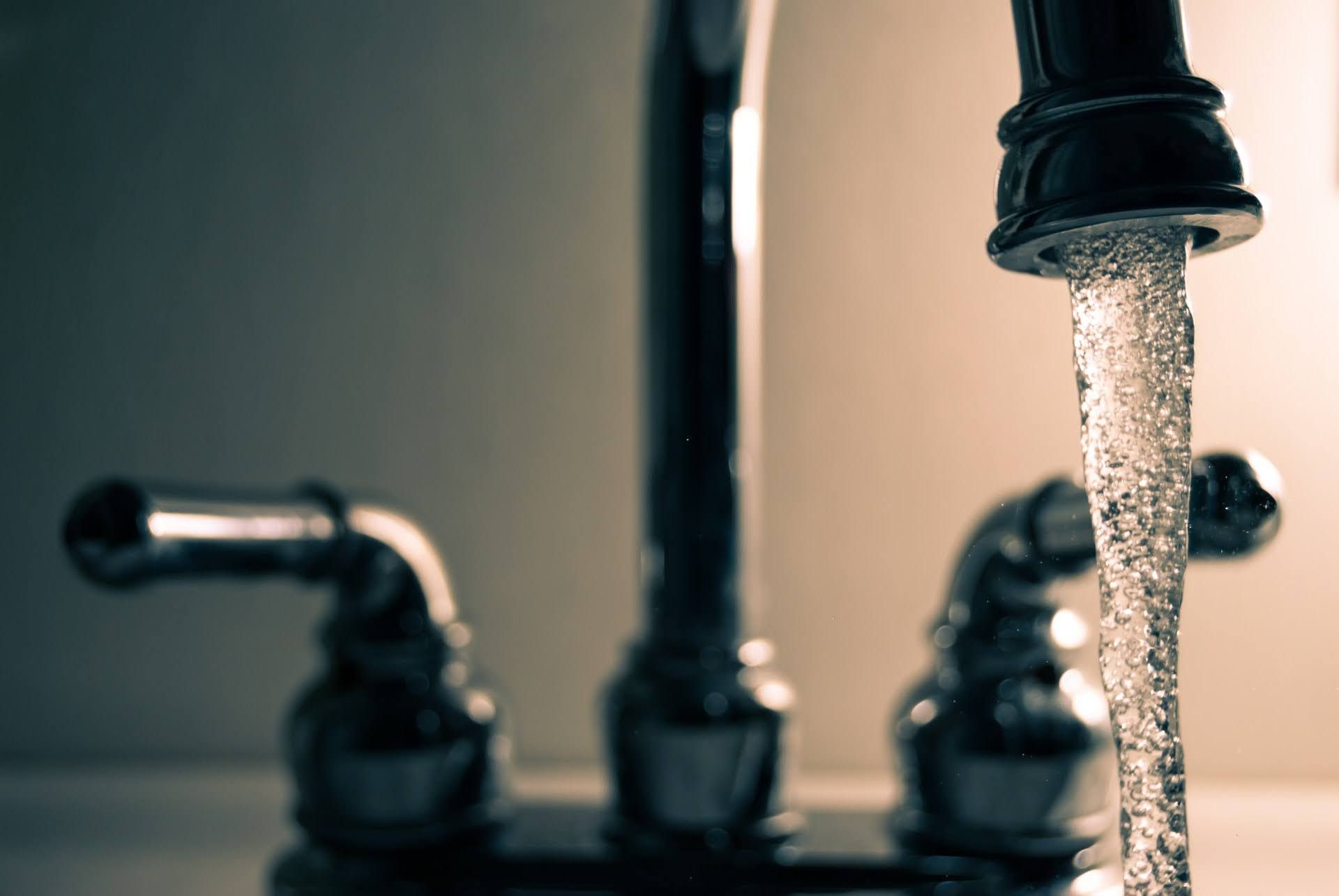Signs Your Water Pressure Is Too Low

Experiencing low water pressure can be more than just a mild inconvenience. It can indicate underlying issues within your plumbing system, affecting everything from shower quality to appliance efficiency. Identifying the signs early on can help you address the problem swiftly and keep your home comfortable and functional.
Common Signs of Low Water Pressure
Slow-Filling Appliances
If your washing machine, dishwasher, or toilet tank takes an unusually long time to fill, low water pressure might be the culprit. These appliances rely on a consistent and robust water flow to operate efficiently. Prolonged filling times can disrupt daily routines and decrease the performance of your appliances.
Weak Shower Stream
One of the most noticeable signs of low water pressure is a weak shower stream. A less-than-satisfying shower experience, where the water barely trickles out, can be frustrating. If adjusting the showerhead doesn’t improve the flow, the issue likely lies with the water pressure.
Faucet Flow Issues
Another clear indicator of low water pressure is when faucets produce a weak stream of water, even when turned on full blast. This problem can affect kitchen sinks, bathroom sinks, and outdoor faucets alike, making tasks like washing dishes or watering plants more time-consuming.
Inconsistent Water Flow
Inconsistent water flow, where the water pressure fluctuates without any apparent reason, can also signal low water pressure. This can manifest as sudden bursts of high pressure followed by weak streams, making it challenging to maintain a steady water flow for any activity.
Dripping Faucets
While dripping faucets often indicate a need for simple repairs, they can also be a sign of low water pressure. If multiple faucets are dripping simultaneously, it’s worth investigating whether low pressure is causing the issue.
Inefficient Sprinkler System
A properly functioning sprinkler system ensures your lawn and garden receive adequate hydration. If your sprinkler heads seem to barely spray water or fail to cover their designated areas, low water pressure might be hindering their performance.
Causes of Low Water Pressure
Understanding the root causes of low water pressure can help in addressing the issue effectively.
Clogged Pipes
Over time, mineral deposits, rust, and debris can accumulate inside pipes, restricting water flow. Regular maintenance and occasional professional cleaning can help prevent clogs and maintain optimal water pressure.
Leaks in the Plumbing System
Leaks can significantly reduce water pressure by diverting water away from its intended path. Inspect your plumbing system for visible leaks or damp spots, and consider hiring a professional if the issue persists.
Faulty Pressure Regulator
Many homes have a pressure regulator that controls the water pressure entering the house. If this device malfunctions, it can cause either high or low water pressure. A professional plumber can check and adjust the regulator as needed.
Municipal Water Supply Issues
Sometimes, the issue isn’t within your home but with the municipal water supply. Construction, maintenance, or other problems can temporarily reduce water pressure. Contact your local water provider to inquire about any ongoing issues.
Aging Infrastructure
Older homes with outdated plumbing systems might experience low water pressure due to corroded pipes or insufficient pipe sizes. Upgrading to modern plumbing materials and systems can help restore adequate water pressure.
Steps to Address Low Water Pressure
Taking prompt action when you notice signs of low water pressure can prevent further complications.
Conduct a Basic Inspection
Start by checking all faucets and appliances to identify where the low pressure is occurring. Look for visible leaks, drips, or signs of wear and tear.
Clean Aerators and Showerheads
Mineral deposits can clog aerators and showerheads, diminishing water flow. To address this, remove the fixtures and soak them in vinegar to dissolve the buildup, then reinstall them.
Check the Pressure Regulator
If you suspect the pressure regulator is faulty, consider having it inspected and adjusted by a professional plumber. This simple adjustment can often resolve low water pressure issues.
Consult a Professional
For persistent or widespread water pressure problems, it’s best to consult a licensed plumber. They can conduct a thorough inspection, identify the root cause, and recommend appropriate solutions to restore normal water pressure.
Low water pressure can disrupt daily life and signal underlying plumbing issues. By recognizing the signs and understanding the potential causes, homeowners can take proactive steps to address the problem. If you’re experiencing any of these symptoms, don’t hesitate to contact our office.

